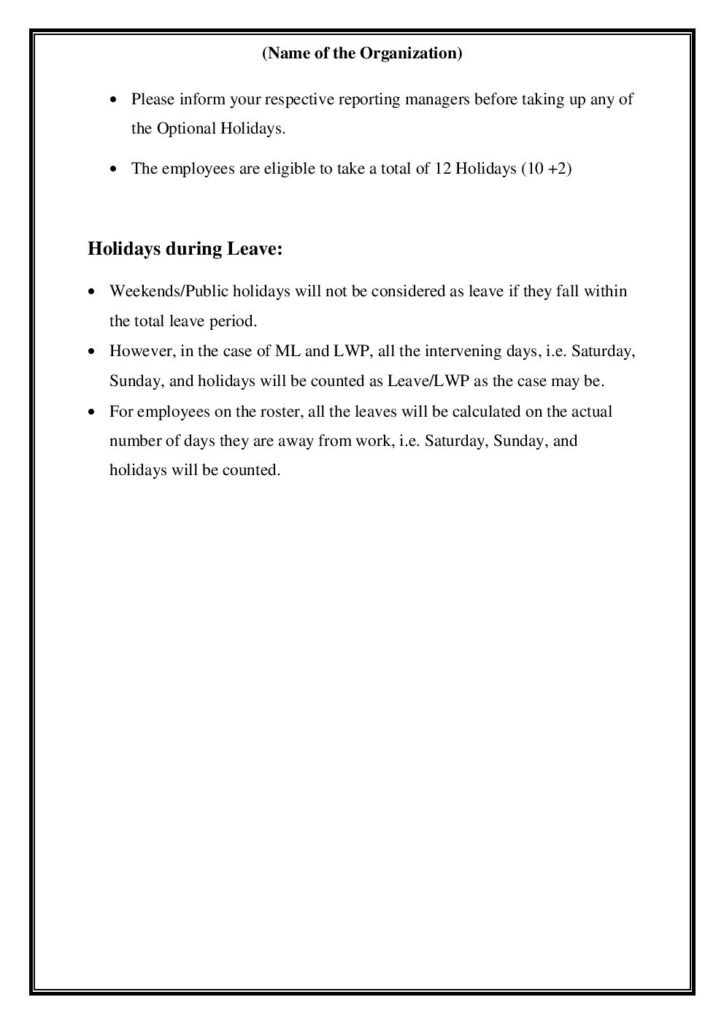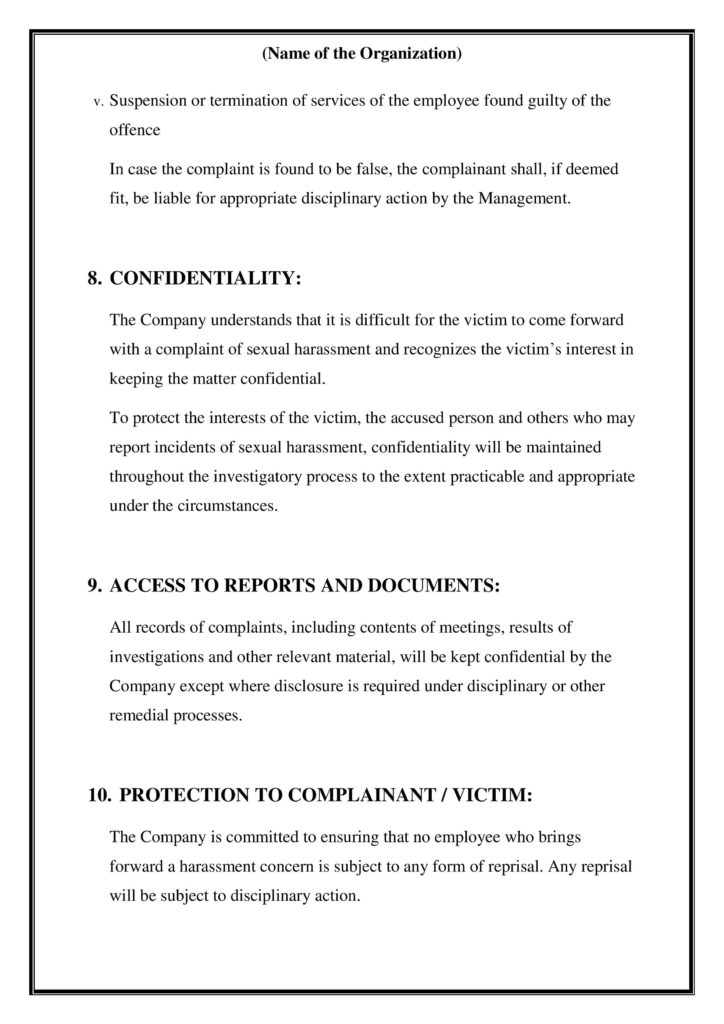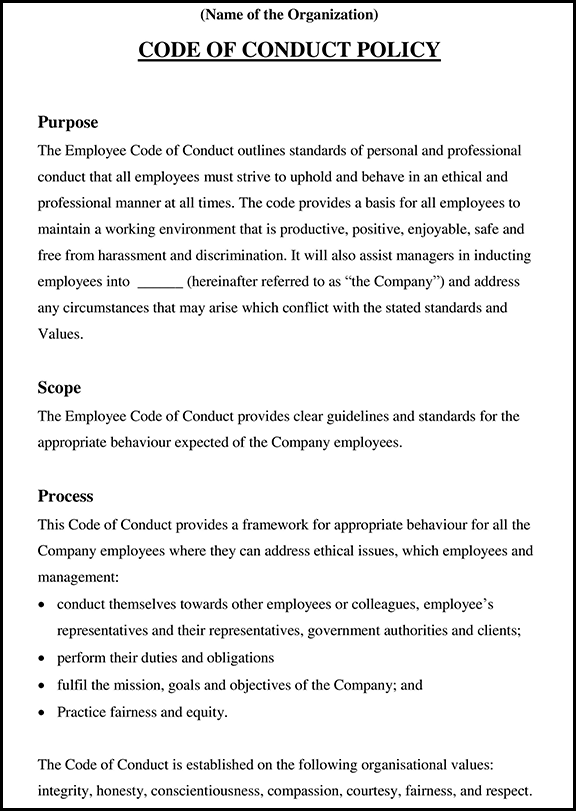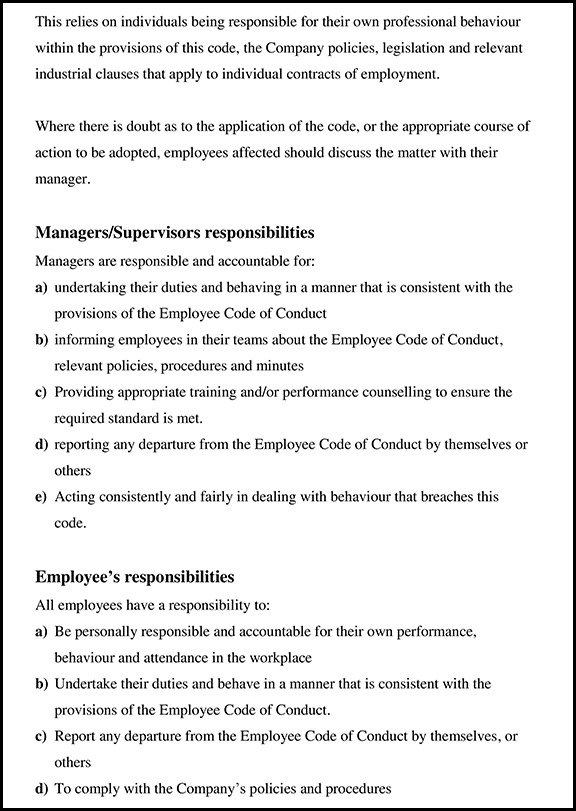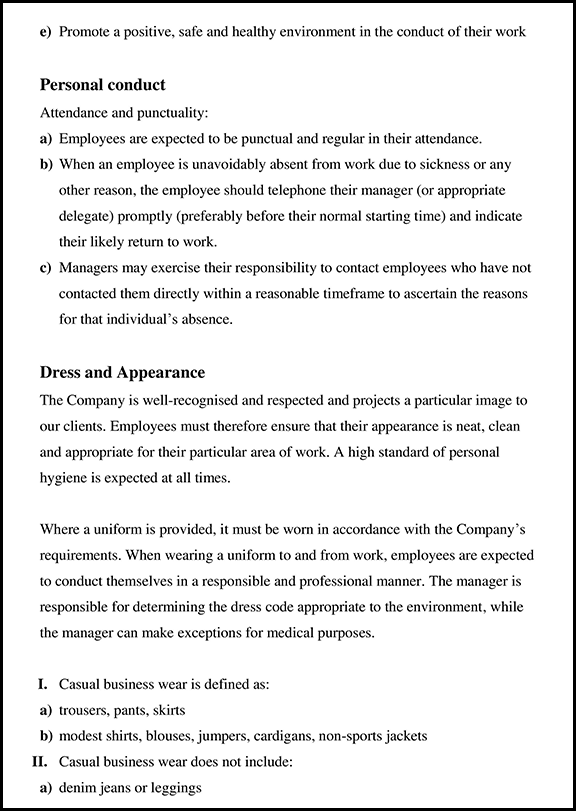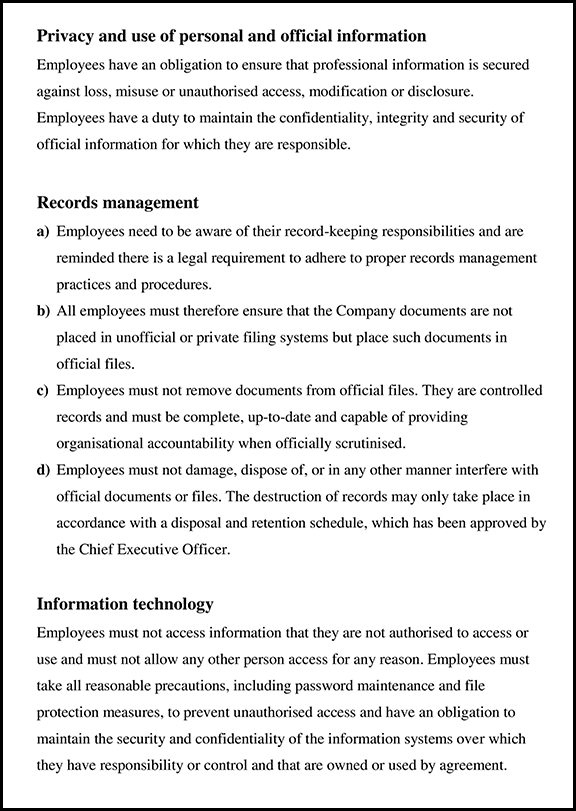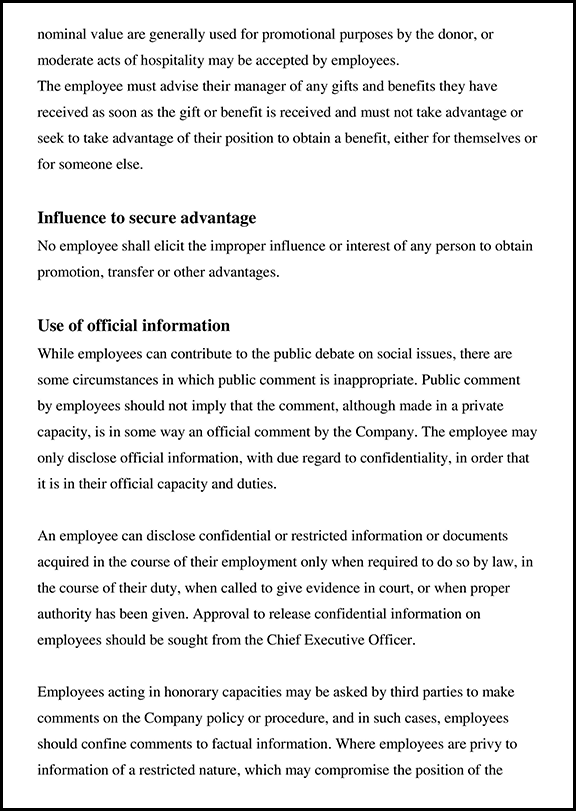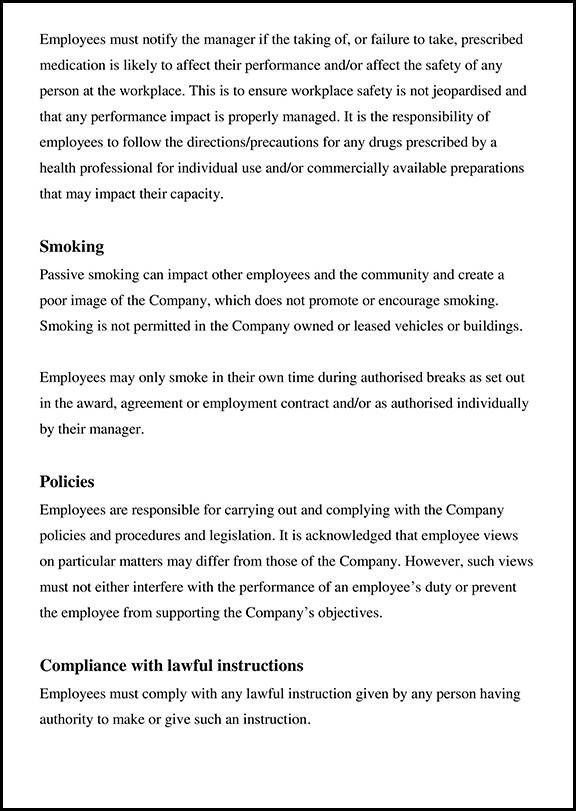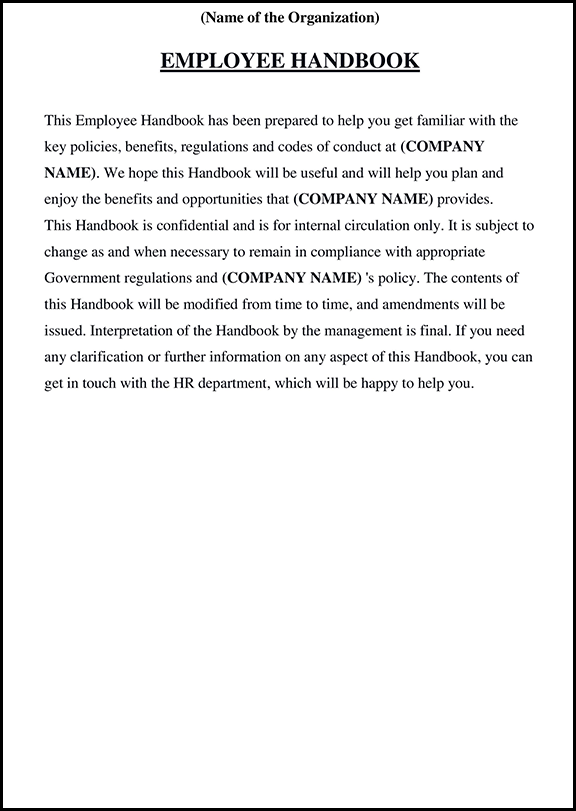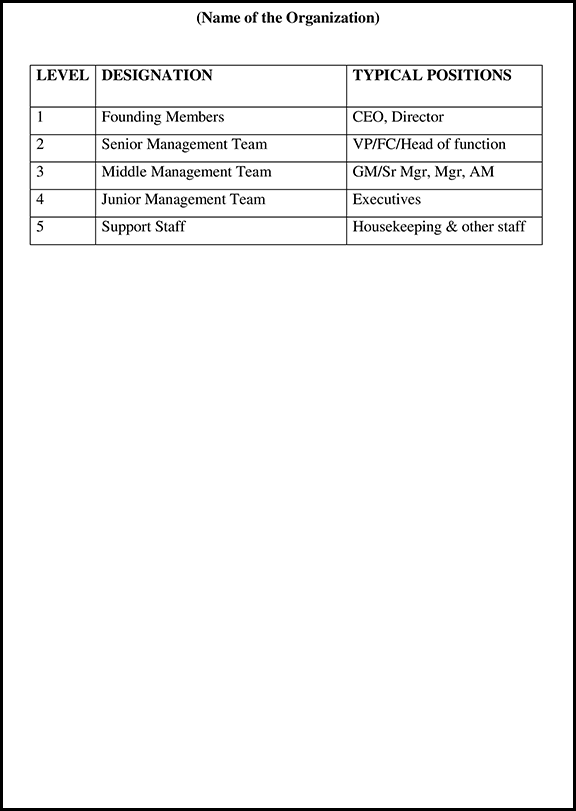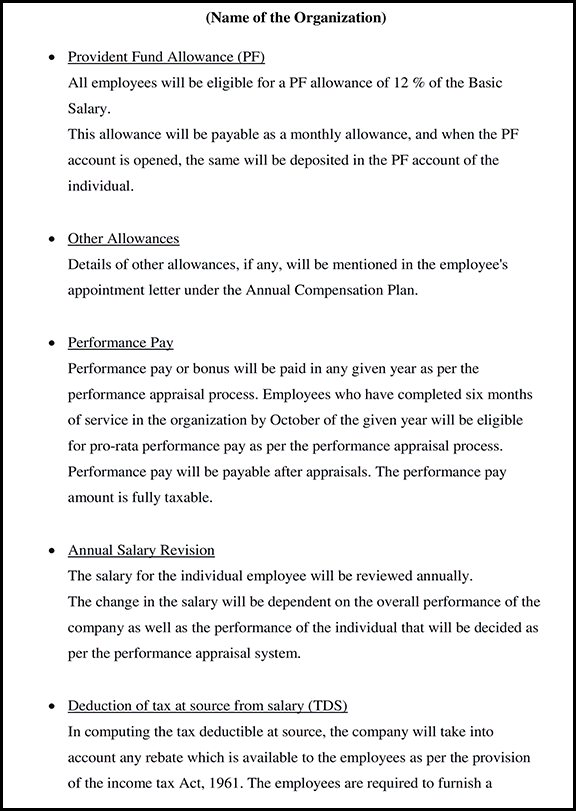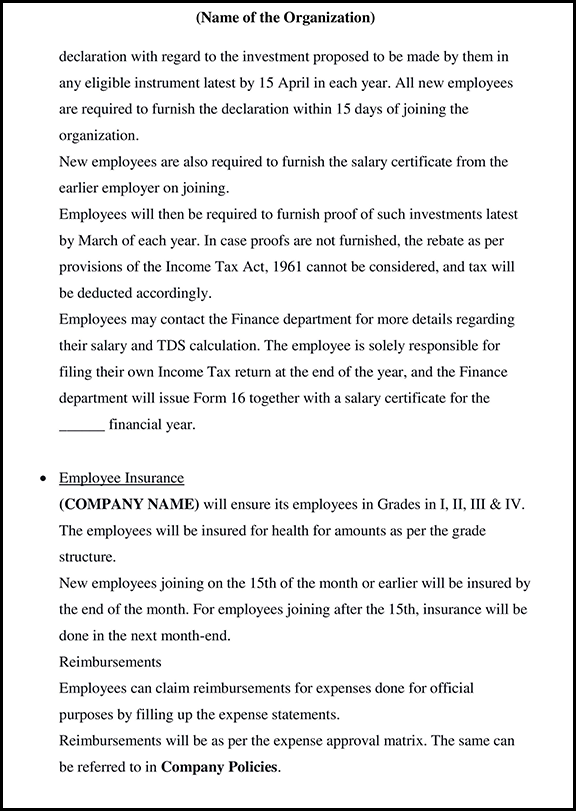
13 Types of Leaves in India: Companies offer to Employees
Every employee is entitled to take leaves whether they are employees of a governmental or private organization. Indian companies accommodate employees with different types of leaves in India. An employee leave policy helps workers maintain a proper work-life balance and makes their lives more convenient. The particularities of leaves can differ depending on the company, but the office leaves are mostly the same.
Every country has labor laws that qualify employees for various types of leaves for different reasons. For employees to follow the laws, it is essential for them to know about the rules and regulations regarding paid leaves.
“According to one of the Workplace Surveys, 2017 Wellness revealed that companies based out of New Zealand faced 6.6 million working days losses in 2016. It was due to the high employee absenteeism that cost them around $1.51 billion.”
“According to the Holidays Act 2003, the managers working in New Zealand companies must maintain the correct data. The data relates to the daily working hours completed by employees. Employers also need to track how much workers are getting paid for it, the accrued leaves, authorized leaves, and the total balance of remaining leaves. ‘Holidays act‘ helps calculate the total amount of leave for every employee.”
What are the Different Types of Leave in India?
1. Holidays
2. Casual Leave/ Sick Leave
3. Maternity Leave (ML)
4. Paternity Leave (PL)
5. Birthday and Anniversary Leave
6. Bereavement Leave
7. Uncapped Sick Leave
8. Family Leave
9. Target Achievement Holiday
10. Study Leave
11. Compensatory Off
12. Menstruation Leave
13. Loss Of Pay (LOP)
14. Marriage leave
15. Time off in lieu (TOIL)
1. Holidays
There are the following types of holidays in India:
Festivals: India is a diverse country with different religions. Numerous religious festivals also account for holidays. Christmas is the only festival that falls on the same date every year. Other festivals like Holi, Diwali, and Eid fall on different days yearly, as their dates are determined through the lunar calendar. Companies can determine how many paid leaves they will grant their employees annually.
Week Off: There are usually one to two offs for the employees at the end of the week, but it depends on the company’s policy.
Government Holidays: National holidays are fixed holidays. India has holidays like Independence Day, Republic Day, and Gandhi Jayanti every year.
2. Casual Leave/ Sick Leave
The employees are eligible to avail of sick leaves when they are not feeling well. They can take sick leave when they have crossed the bare minimum duration in the company. If an employee has a severe illness, the employee needs to show a medical certificate from where you are getting treated. The total number of leave employees can avail varies with the different firms. You can do so through a formal email or by requesting leave in the company’s HR software on the same day as taking a break. You don’t need to inform them days before taking it. He requires you to log in first with his login credentials.
Leave and Working Hours Rules (State Wise)


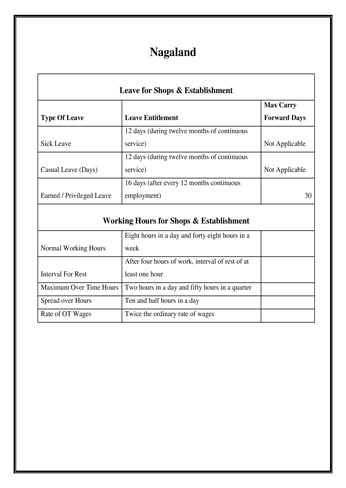
Download Free Documents
3. Maternity Leave (ML)
The paid maternity leaves are provided to the women employees before and after a child’s birth. You can get paid leave for 26 weeks based on various situations. The company gives you 26 weeks of maternity leave for your 1st and 2nd child. You are eligible to get 12 weeks of paid maternity leaves from the 3rd baby onwards. Companies allow the extension of these leaves for one month in case of critical medical emergencies. If the women have to undergo an abortion of a child or has faced miscarriage recently, she holds the privilege to avail of maternity leaves. Nobody can object to taking these leaves. Although, in such scenarios, the time frame of paid leaves gets minimized.
Also Check ➜: Download Free Updated Maternity Leave Policy Format
4. Paternity Leave (PL)
Paternity leave is a leave of absence given to fathers for about 15 days to look after and take care of their newborns. There is no official law regarding this policy. It also differs according to the companies.
5. Birthday and Anniversary Leave
Who doesn’t want to take a day off on your big day when you are born? An employee is eligible to get birthday leaves and anniversary leaves. You can avail of this leave either on your birthday/anniversary or the day after it. Many companies also have the policy that if your birthday or anniversary falls on the weekend or any other public holiday, you can take a day off on the next working day. Also, keep in mind that your leaves are unavailable on other operating days apart from what I mentioned in such cases. The procedure for this is similar to how you apply other leaves.
6. Bereavement Leave
Bereavement leave is provided to an employee when facing the death of either his close friend or a family member. In such cases, a total of three leaves are provided to the employee by management. But, based upon the firm you are working for, the number of these leaves can increase or decrease accordingly. It is often considered temporary leaves. Bereavement leave, in general, comes under the category of paid leaves if taken for the specified time set allowed by the organization. If additional leaves are needed, then it would be unpaid leave. Although, there can’t be any rule that employers have to follow related to such matters legally.
7. Uncapped Sick Leave
Uncapped sick leaves are provided if you need more sick leaves than what’s written in your offer letter. Often the company offers five sick leaves every year. But, in case of emergencies where an employee is unsure of the days he needs medical care or rest at home, he can apply for uncapped sick leaves. Some companies pay it to a certain level, and most of them cover it under unpaid leaves. For example, the biggest Bank, ANZ, provides managed sick leaves to its 9000 employees. A flexible organization can boom to new heights, gaining the utmost employee satisfaction and motivation if they start giving uncapped sick leaves as perks.
8. Family Leave
Family leaves are provided to the employees in case of family emergency matters. According to section 27, “An employee is eligible to take the paid family responsibly leaves. The employee can take up to 3 leaves in each cycle of holidays. The condition here is that the breadwinner has been a part of the organization for four months with a minimum of four working days per week.” He can avail of the leaves in the following circumstances. If an employee’s child suffers from a severe illness that requires emergency care or a checkup Child Birth of an employee. If an employee suffers from the death of the same bloodline, family members like parents, guardians, spouse, child, siblings, and grandparents.
9. Target Achievement Holiday
Target Achievement leaves are given to the employees who have achieved their preset target by the management. Also, You need to be a permanent employee of the company to avail all such benefits. These targets are required to be completed in a particular performance period. and also, if you manage to do this, you get eligible for compensation. Most companies provide a reasonable payment amount, and target achievement leaves for 1 or 2 days. Your performance is seen as well as evaluated by your immediate manager. If you exceed the targets, that joy is celebrated by giving you a day off. Some companies give you a day off with international tickets to take a world tour.
Also Read ➜: 31 Types of Rewards and Recognition for Employees
10. Study Leave
The study leaves are granted to the company’s permanent employees on the payroll. The study leave is taken by those employees who have opted for higher studies in line with the company’s overall productivity. But, it can also be taken by the company freshers who are on probation or training and simultaneously pursuing their master’s or bachelor’s. You need to give a formal application and supporting documents like time table etc., to get your leave approved by the management. Generally, most companies grant 10 to 12 paid study leaves annually. The bifurcation is done as two leaves per subject. In case of additional leaves or re-attempting exams, leaves are unpaid.
11. Compensatory Off
An employee can take the compensation leave if he has worked for extra hours either on a working day or on the day off. The worker needs to apply for compensatory leave on the same day he has worked extra. The companies also provide immediate compensation for natural disasters like earthquakes and floods. An employee is called to work on the day off to compensate for the loss. Your manager will track how many extra hours you have worked and approve your half-day or full-day leave accordingly. Some companies also pay to work for additional hours through attractive paychecks or online vouchers. It’s the best way to motivate employees to work extra when there is an urgent need in the company.
12. Menstruation Leave
Menstrual leaves are meant for women when they are going through their periods. The leave policy states that all those suffering from menstruation are eligible to take leaves every month. There are no discrepancies while providing menstruation leaves or other types of leaves in India. Many companies like us provide these leaves. Some companies might give 1 or 2 leaves each month, or else they can collectively go for 10 to 12 leaves annually. According to the research, Asian countries have more popularity for it than American and European countries. The labour laws concerned with menstruation leave first got implemented in 1947 in Japan.
Also Read ➜: These 9 Companies Gives Menstrual Leave in India
13. Loss Of Pay (LOP)
So, what is lop leave? Loss of pay leaves is availed by those employees who have fully consumed their paid leaves. In case of any emergency, when there are no leaves left with you, you can ask your employer to grant you the loss of pay leaves. Most companies cut the 40% amount from your daily pay salary on your loss of pay leave days. Some companies have no bond on how many leaves you can avail. But most of them have their policy regarding the leave you can take so that business is not going in loss from the long term perspective. Discuss the maximum loss of pay leaves that the company can grant you in advance.
14. Marriage Leave
These Leave are given as a gift by some organizations for special occasions, like employees getting married are given paid leave. A marriage leave is given to an employee, anywhere between 1 to 15 days, depending upon company policies. With these leave applications, you can request before getting married or attending a friends and family Wedding without worrying about salary deductions.
15. Time off in lieu (TOIL)
TOIL is a form of compensation policy that many companies implement. Instead of getting extra money, an employee may use a certain number of overtime hours as an extended leave period. For example, if an employee has worked four extra hours a day, they are entitled to take 4 hours off “in lieu.”
Companies implementing the TOIL system feel that their employees work more productively and efficiently when working overtime, resulting in better employee productivity.
In Conclusion
What would you choose if you’ve given the option to select between Smart work or Hard work? Hard work requires manual labour, and also, smartly working companies’ have the latest tools and risk planning. These firms have profitable leave management software for accurately tracking leaves. It saves the management’s time wasted upon monitoring & replying to leave applications. The system also tells you about the balance leaves and what all you are eligible to take in the future. It also means legal compliance. The best part is that tracking different types of leaves in India allows employees to have correct payslips and equal leaves distribution according to their eligibility. It saves the company from paying unnecessarily backdated leave and the fines asked by the ERA – Employment Relations Authority and the Labor Inspectors.
FAQ
1. What is the Procedure for Applying Different Types of Leaves in India?
Most companies have a separate employee leave tracking software that allows them to apply for leaves. Track the remaining leave balance as well as your eligibility for taking the different types of leaves in India. If your company doesn’t have any software, you can formally write an email application to your immediate manager, taking the human resource team in cc. Mention the starting and ending date of leave, subject line, the purpose of availing leave, specific reasons, full name, designation, contact details, type of leave. Also, include whether you are available for a few hours as work from home and your plans to compensate for it later when you resume back to the company.
2. Where Can I Find the Leave Policy Document?
We, in StartupHR Toolkit, provide all the HR-related documents to the companies. It includes the ‘Leave Policy Document’ as well. Also, we offer a customized leave policy as per the specific requirements of every firm. You are one step away from telling us your needs and getting your leave policy designed by us!
Also Read ➜: How to Design a Leave Policy?
Join a Community of 1,00,000+ HR Professionals


















